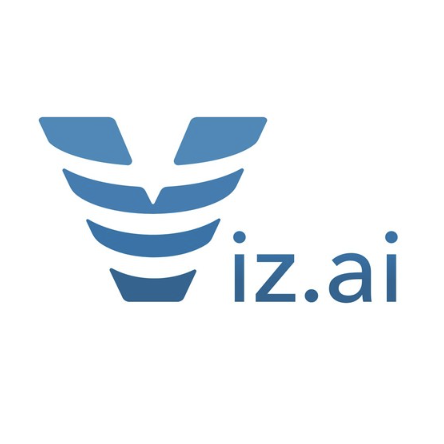What depreciation method is most frequently used by startups and businesses?
Table of contents
The most frequently used depreciation method in business today is straight-line depreciation. This method spreads the cost of an asset evenly over its useful life, resulting in a consistent amount of depreciation expense each year.
Straight-line depreciation is popular because it is simple to calculate and easy to understand.
What are the Main Types of Depreciation Methods?
There are several main types of depreciation methods. The most common methods are straight-line, declining balance, and sum-of-the-years’-digits.
Straight-line depreciation is the most frequently used method, and it involves spreading the cost of an asset evenly over its useful life. This results in a consistent amount of depreciation expense each year.
Double declining balance depreciation is a method that involves a higher amount of depreciation expense in the early years of an asset’s life, and a lower amount of depreciation expense in the later years. This can be useful for assets that are expected to have a higher level of usage or value in the early years of their life.
Sum-of-the-years’-digits is another accelerated depreciation method. It is more complex. This method is often used for assets that are expected to have a higher level of usage or value in the later years of their life.
These are the main types of depreciation methods. The appropriate method will depend on the specific circumstances and characteristics of the asset being depreciated.
What is the formula for Straight-Line Depreciation Method
The formula for straight-line depreciation is:
Depreciation Expense = (Cost of Asset - Salvage Value) / Useful Life
This formula is used to calculate the amount of depreciation expense to be recognized each year for a fixed asset. The cost of the asset is the original purchase price, minus any applicable discounts or trade-in allowances. The salvage value is the estimated value of the asset at the end of its useful life, and the useful life is the estimated number of years that the asset will be used.
For example, if a company purchased a piece of equipment for $10,000, with a salvage value of $1,000 and a useful life of 5 years, the annual depreciation expense using the straight-line method would be:
Depreciation Expense = ($10,000 - $1,000) / 5 years = $1,800 per year.
This means that the company would recognize $1,800 of depreciation expense each year for the next 5 years, until the equipment reaches its estimated salvage value of $1,000.
What is Depreciation?
Depreciation is an accounting term that refers to the reduction in value of a fixed asset over time due to wear and tear, obsolescence, or other factors. It is NOT a cash item. In financial statements, depreciation is recorded as an expense and can impact a company’s profit or loss (on the income statement) - it also hits the balance sheet by reducing fixed assets.
Why does depreciation matter to startups?
Admittedly, this is usually not the most important financial item for most startups. For some startups in particular industries like clean energy, telecom, manufacturing, etc., depreciation can have an impact on the company’s financial performance and valuation. Depreciation can lower a company’s reported profits, making the company appear less profitable than it actually is. But, it’s not a cash expense, so that leads us to where it can matter for a VC-backed company: the EBITDA calculation.
Where it does matter - in calculating EBITDA
Investors and venture capital firms will often ask about EBITDA (Earnings Before Interest, Taxes, Depreciation, and Amortization) as a way of assessing a company’s financial performance. EBITDA provides a snapshot of a company’s cash burn (or earnings). This can give investors a clearer picture of a company’s operational performance and its potential for future growth, especially for companies that have debt in their capital structure.
Categories:
Startup AccountingRecent questions
Top viewed questions
- What happens if the IRS audits me and I do not have the receipt for an expense (assuming it was a legitimate expense)?
- How should convertible note financing be handled on the balance sheet?
- How do startups account for equity and fundraising on the Balance Sheet?
- For startups incorporating in Delaware, what firms are good registered agents to use?
- 2025 Founder Salaries by Stage











